Facts about mysterious civilizations found beneath the ocean
The oceans have always been a source of fascination and mystery, holding secrets that date back millennia. Beneath the waves lie submerged cities and artifacts that challenge our understanding of history.
With advances in technology, we are now able to explore these underwater worlds more than ever before. From tales of lost civilizations to the discovery of sunken wonders, the ocean’s depths beckon us to uncover their hidden stories.
The Enigma of Atlantis: Fact or Fiction?
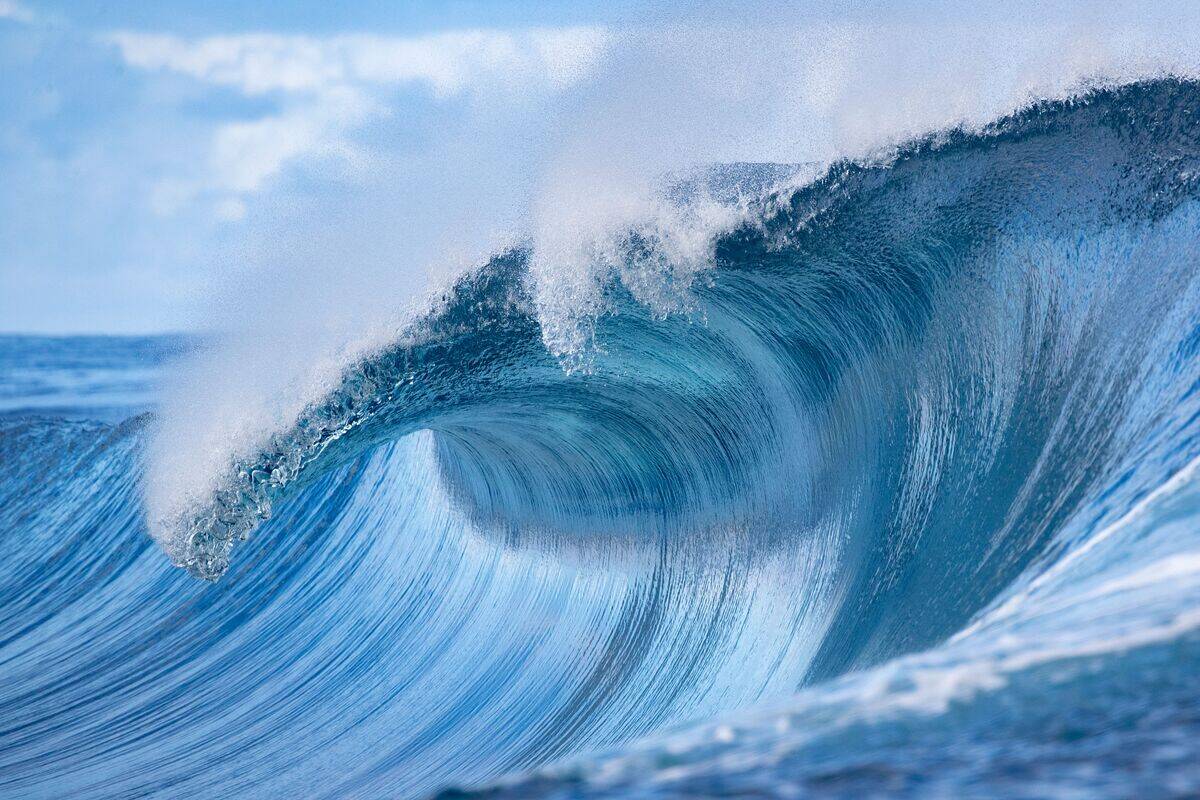
The legend of Atlantis has captivated imaginations for centuries, first mentioned by the philosopher Plato in his dialogues. While some believe it to be a powerful ancient civilization that vanished beneath the sea, others argue it’s purely allegorical.
Despite numerous theories placing Atlantis in locations like the Mediterranean and the Caribbean, no definitive evidence has been found. The mystery persists, sparking endless speculation and exploration in hopes of uncovering this legendary city.
Dwelling on the Past: The Yonaguni Monument
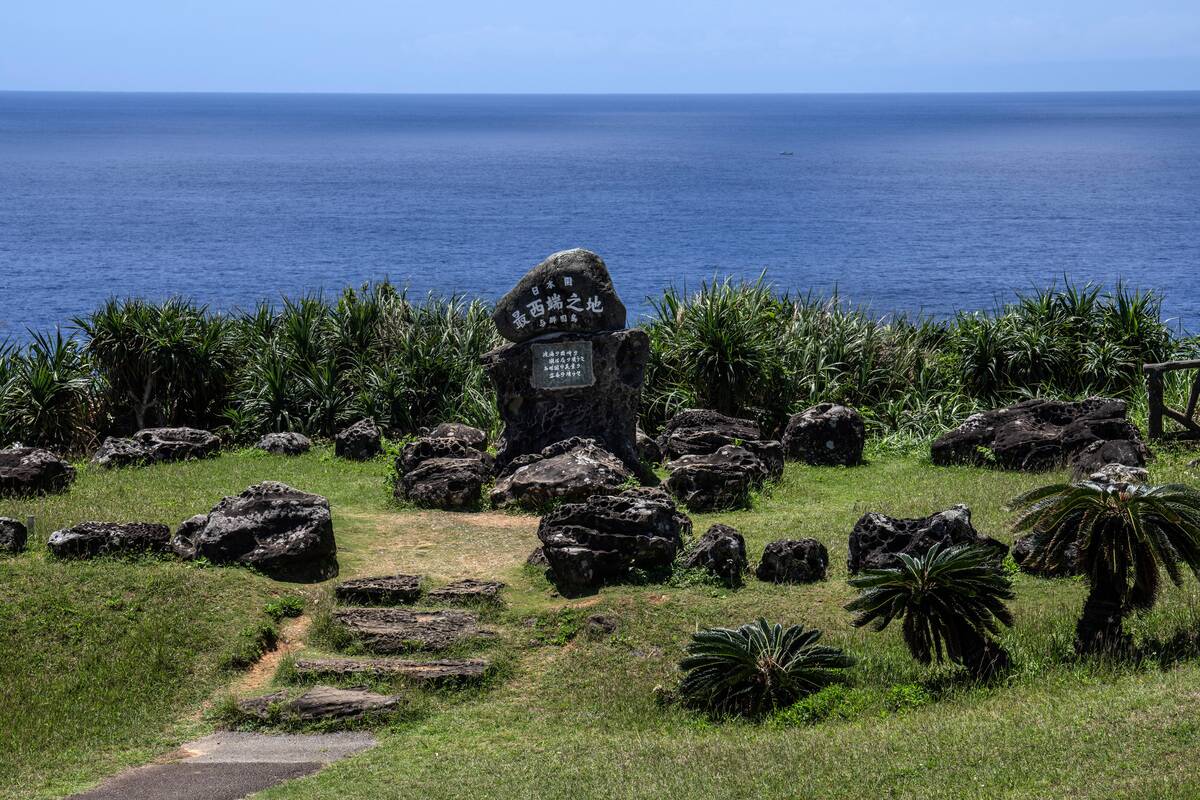
Discovered off the coast of Japan, the Yonaguni Monument has puzzled experts since its discovery in the 1980s. Some believe these massive underwater structures are remnants of an ancient civilization lost to the sea. With features resembling terraces and steps, it’s easy to see why some think it’s man-made.
However, others argue it’s a natural formation, sculpted by tectonic activity and ocean currents. The debate continues, drawing curious divers and researchers alike.
Exploring the Bimini Road: Natural Formation or Lost Civilization?

The Bimini Road, located near the Bahamas, is a mysterious underwater rock formation that has sparked significant debate. Discovered in 1968, the road consists of large, rectangular limestone blocks.
Some speculate it’s part of the lost city of Atlantis, while others see it as a natural occurrence. Geologists suggest that the rocks are beachrock formations, common in the region. Regardless, the Bimini Road remains a popular subject for enthusiasts of underwater mysteries.
The Ancient City of Dwarka: Mythical or Real?

Off the coast of India lies the submerged ruins of what many believe to be the ancient city of Dwarka. Mentioned in Hindu scriptures as the kingdom of Lord Krishna, its discovery in the early 2000s was groundbreaking.
Archaeologists have found evidence of structures and artifacts dating back to 1500 BCE. While some debate its connection to the mythological city, the findings have sparked interest in India’s ancient maritime history.
Submerged Secrets of the Gulf of Cambay
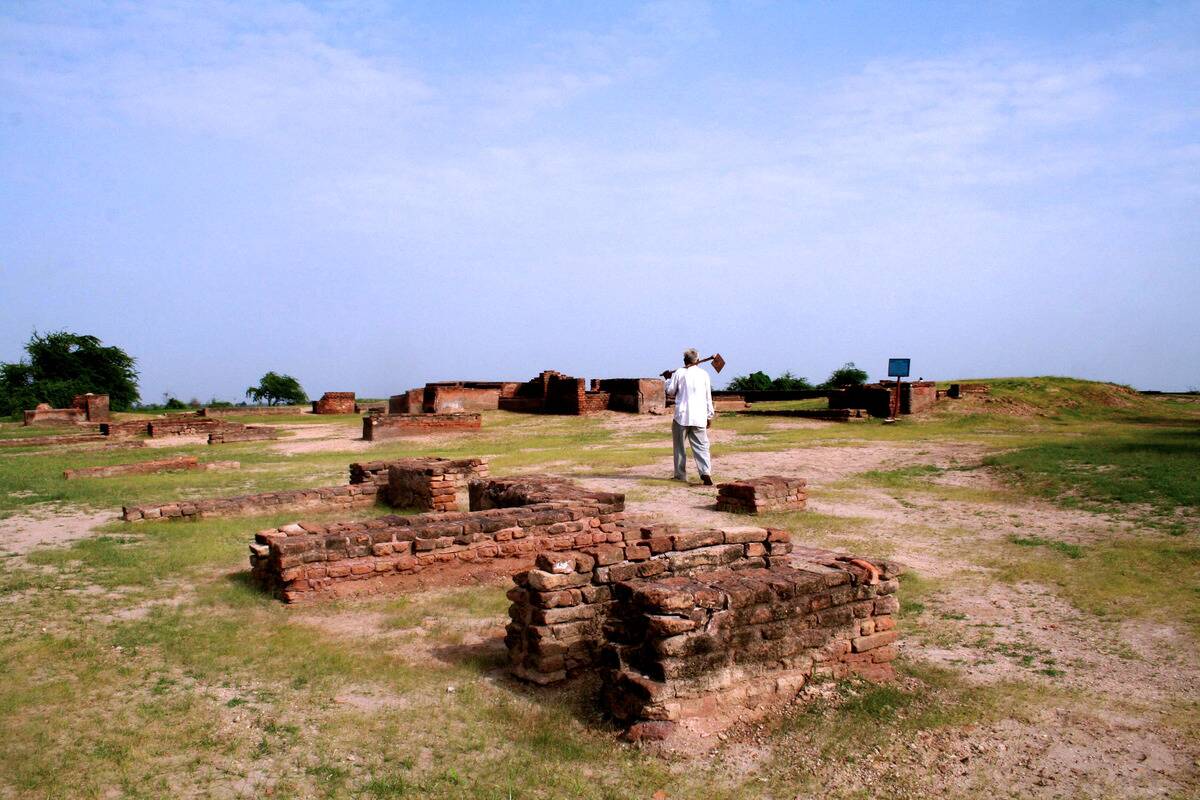
In the Gulf of Cambay, sonar scans revealed structures beneath the silt that have intrigued archaeologists. These potential ruins, discovered in 2002, have been dated to be as old as 9,000 years, predating other known ancient civilizations.
Artifacts recovered include pottery and tools, suggesting a once-thriving settlement. The find has led to discussions about the history of human civilization and the impact of rising sea levels on ancient societies.
The Curious Case of Pavlopetri: The World’s Oldest Underwater City

Pavlopetri, located off the coast of Greece, is considered the world’s oldest known underwater city. Dating back around 5,000 years, this submerged site offers a glimpse into early urban planning with streets, buildings, and courtyards still visible.
The city’s well-preserved state allows archaeologists to study Bronze Age civilization in detail. Advanced 3D mapping techniques have been employed to document Pavlopetri, providing valuable insights into ancient Greek society.
Heracleion: The City of Hercules Rediscovered
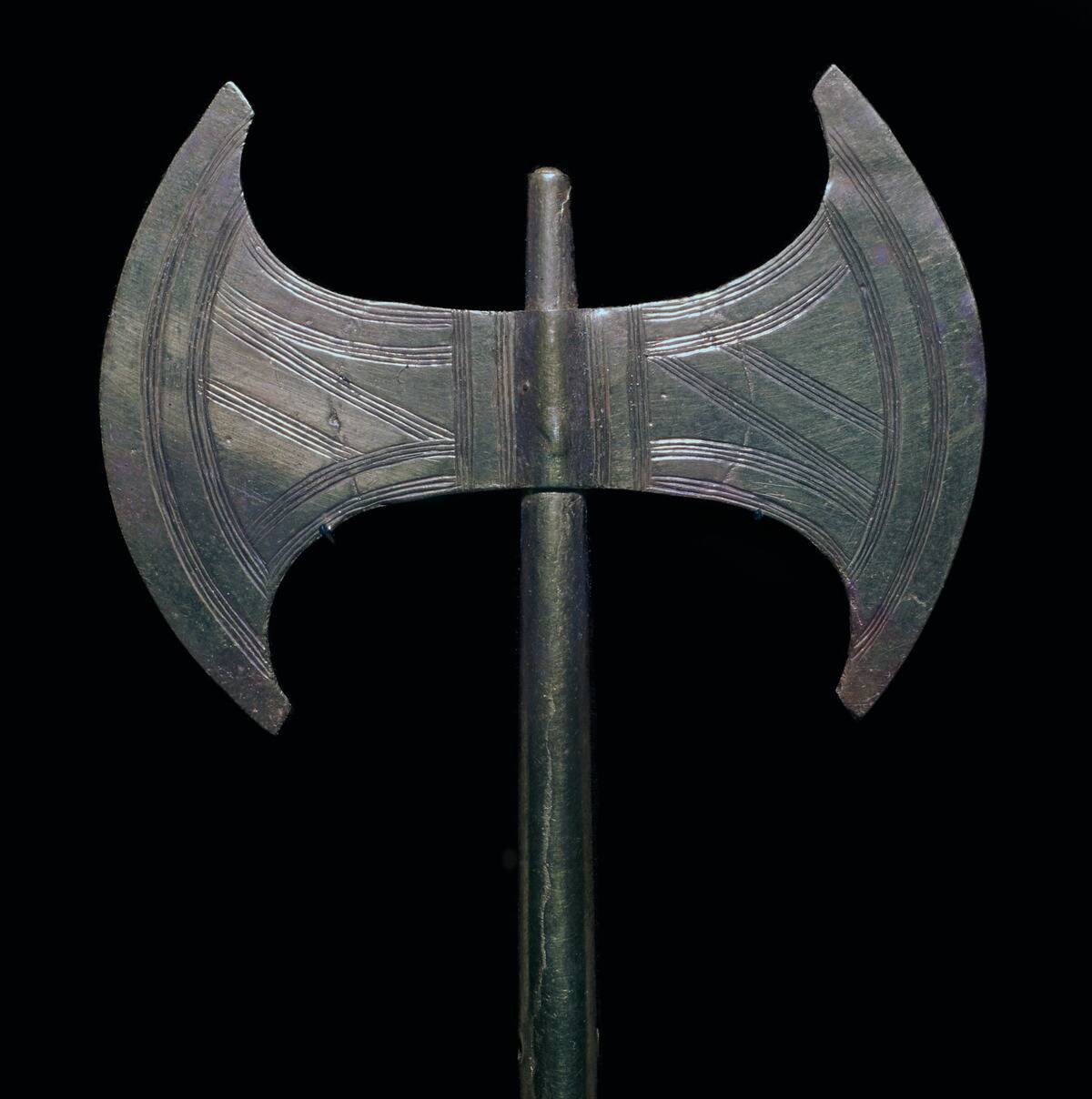
Once a bustling port city, Heracleion lay hidden beneath Egypt’s waters for centuries until its discovery in 2000. Known in ancient texts as a center of trade and worship, its ruins include statues, coins, and temples dedicated to the gods.
Notably, a massive statue of the god Hapi was found among the ruins. Heracleion’s rediscovery has shed light on Egypt’s maritime history and its connections with the wider Mediterranean world.
Thonis: Exploring the Egyptian Atlantis

Thonis, often mentioned alongside Heracleion, is another submerged Egyptian city that has captured the imagination of historians. Believed to have sunk around the 8th century AD, it was a crucial trading hub before Alexandria’s rise.
Archaeological efforts have uncovered shipwrecks and artifacts, offering a glimpse into the city’s vibrant past. The ongoing exploration of Thonis promises to reveal more about Egypt’s rich maritime legacy and its role in ancient trade networks.
The Lost Civilization of Doggerland: Europe’s Hidden Atlantis
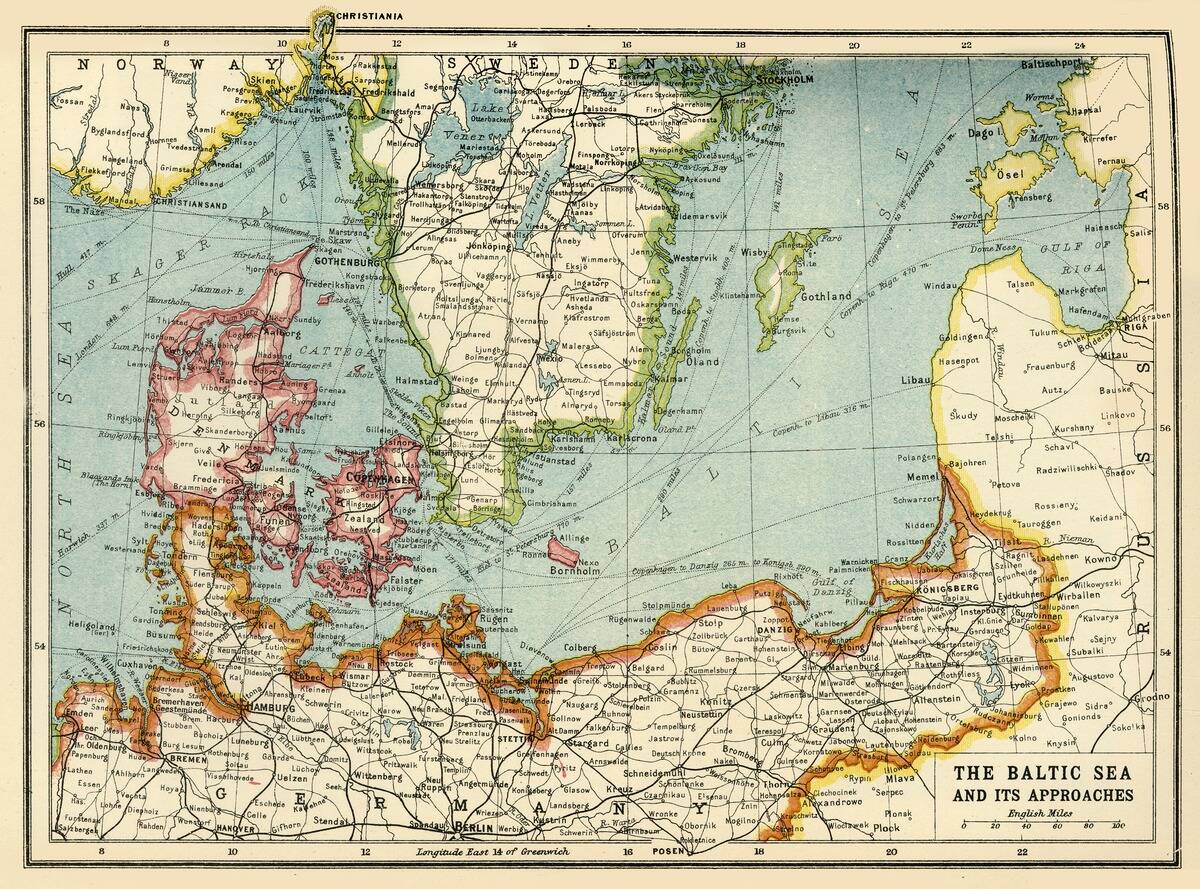
Doggerland, a submerged landmass beneath the North Sea, once connected Britain to mainland Europe. This prehistoric landscape was home to Mesolithic humans before being swallowed by rising sea levels around 8,000 years ago.
Excavations have unearthed tools, bones, and traces of human activity, painting a picture of a once-thriving community. Doggerland’s story highlights the dynamic nature of Earth’s landscapes and the impact of climate change on ancient populations.
The Sunken Temples of Mahabalipuram: Legend Comes to Life
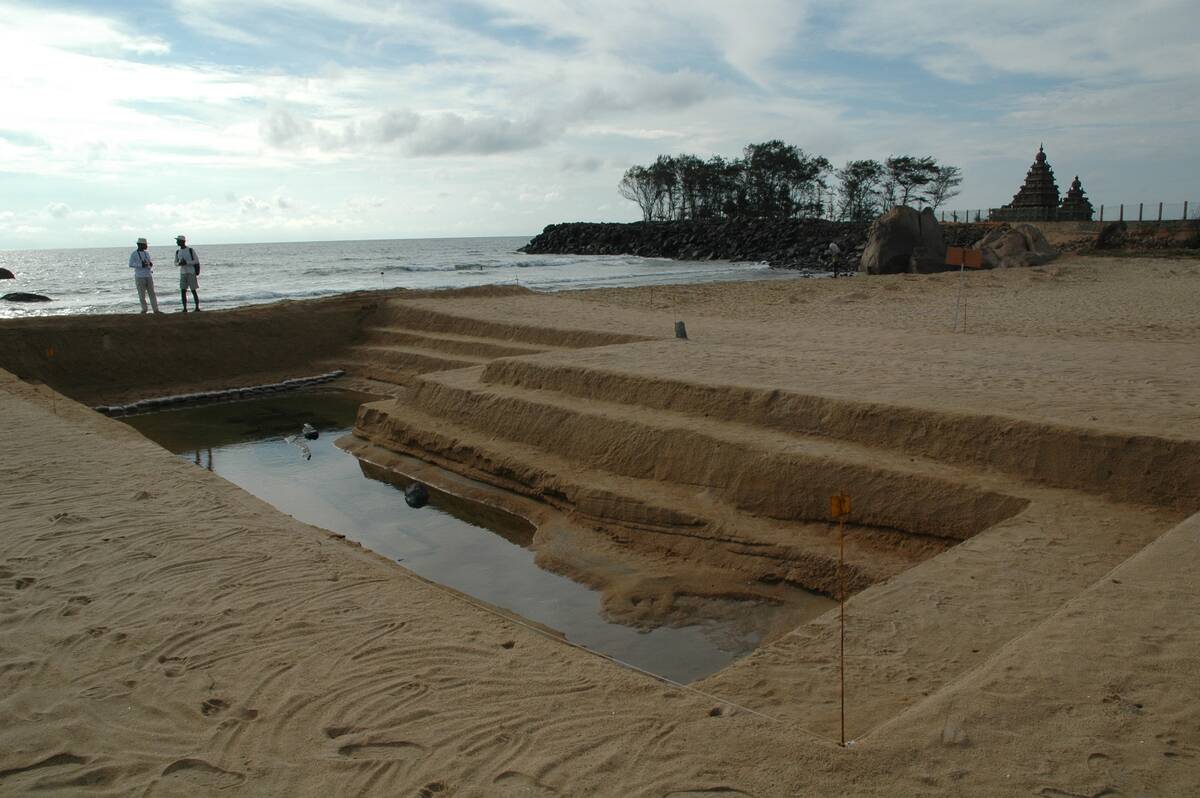
Legend speaks of seven pagodas at Mahabalipuram, with only one visible today on India’s coast. The 2004 tsunami revealed submerged structures, rekindling interest in the ancient legend. Archaeologists have since explored these underwater ruins, discovering stone reliefs and temple remains.
While not all pagodas have been found, the evidence supports the existence of a once-great temple complex. Mahabalipuram’s sunken temples continue to captivate those intrigued by India’s storied past.
Cuba’s Underwater Pyramid: A Puzzle Beneath the Sea
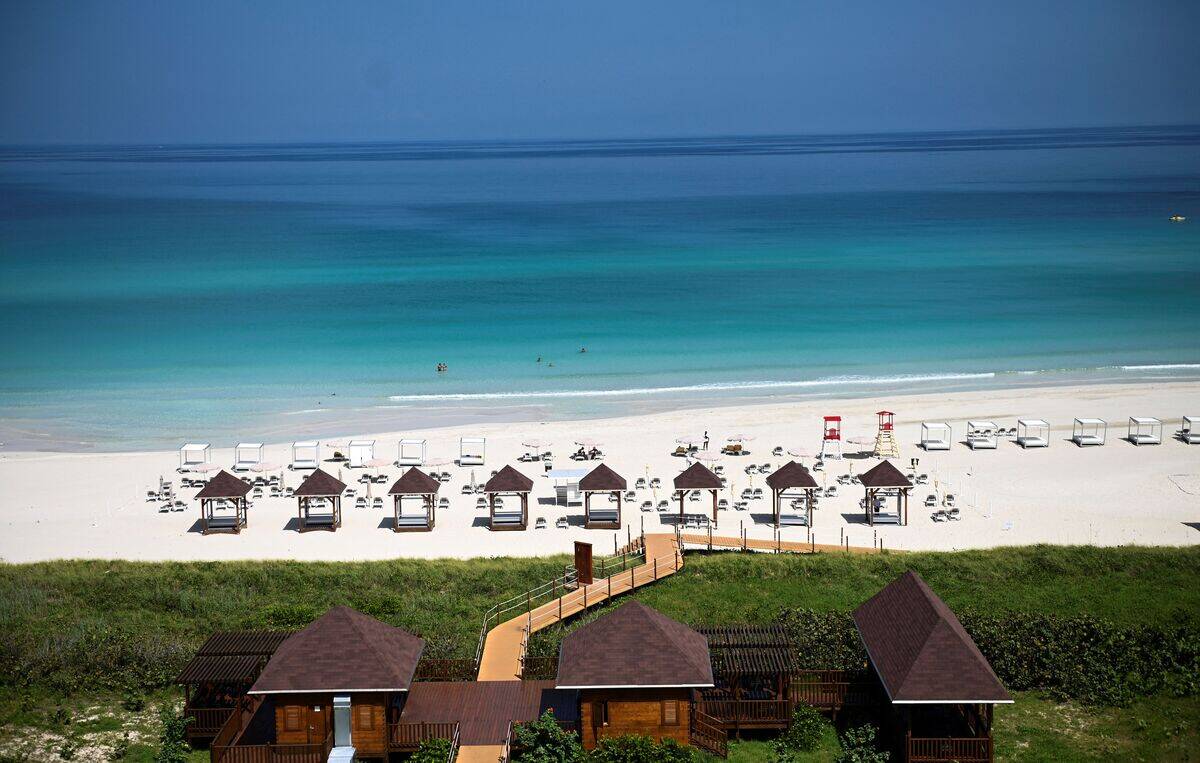
In 2001, researchers discovered unusual formations off Cuba’s coast, resembling pyramids and geometric shapes. These structures, located at depths of around 2,300 feet, have sparked debate about their origins.
Some speculate they could be remnants of a pre-Columbian civilization, while skeptics suggest natural geological formations. Without further exploration, the true nature of these underwater anomalies remains a mystery, tantalizing those who dream of undiscovered civilizations.
The Baltic Sea Anomaly: Ancient Ship or UFO?
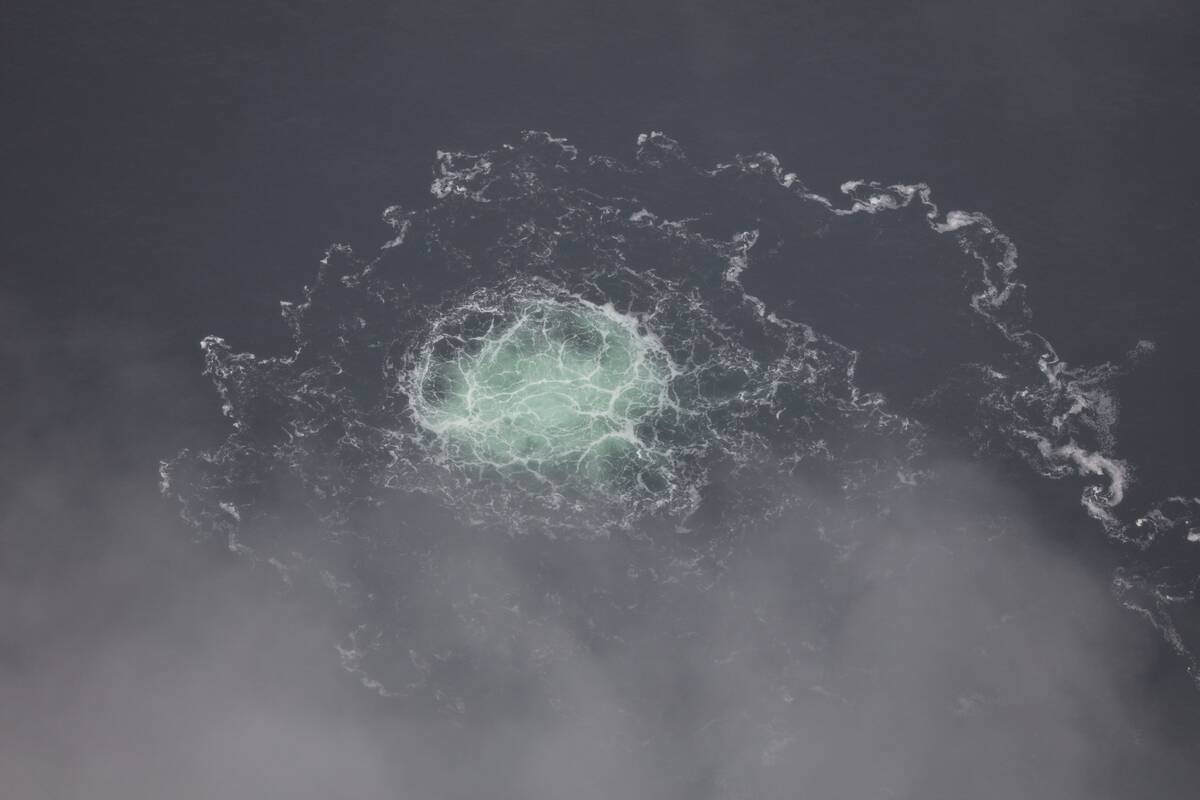
In 2011, a team of divers discovered a peculiar object on the Baltic Sea floor, resembling a massive stone structure with unusual features. Dubbed the “Baltic Sea Anomaly,” its origins remain a topic of speculation.
Some suggest it could be an ancient shipwreck, while others entertain the idea of a UFO. Despite sonar images and dives, no conclusive evidence has been found. The anomaly continues to intrigue both scientists and theorists alike.
Investigating the Subaquatic City of Baiae
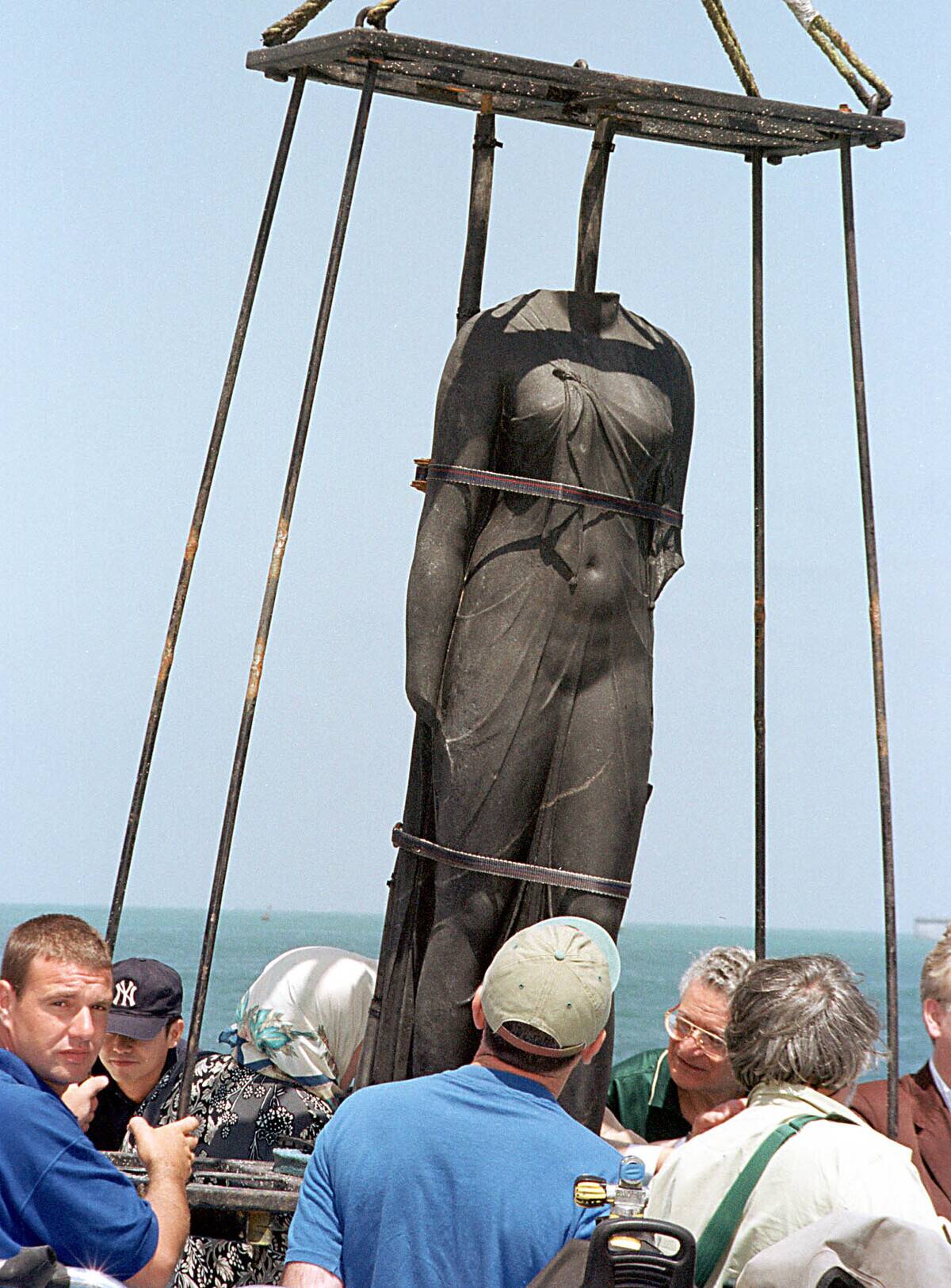
Once a luxurious Roman resort, Baiae now lies beneath the Bay of Naples, offering a glimpse into ancient opulence. Submerged due to volcanic activity, its ruins include villas, mosaics, and bathhouses.
Advances in underwater archaeology have allowed for detailed exploration of Baiae, revealing its significance in Roman society. The preservation of these lavish structures provides insight into the lives of Rome’s elite and their penchant for extravagant leisure.
The Mysterious Ruins of Nan Madol: A Pacific Atlantis?
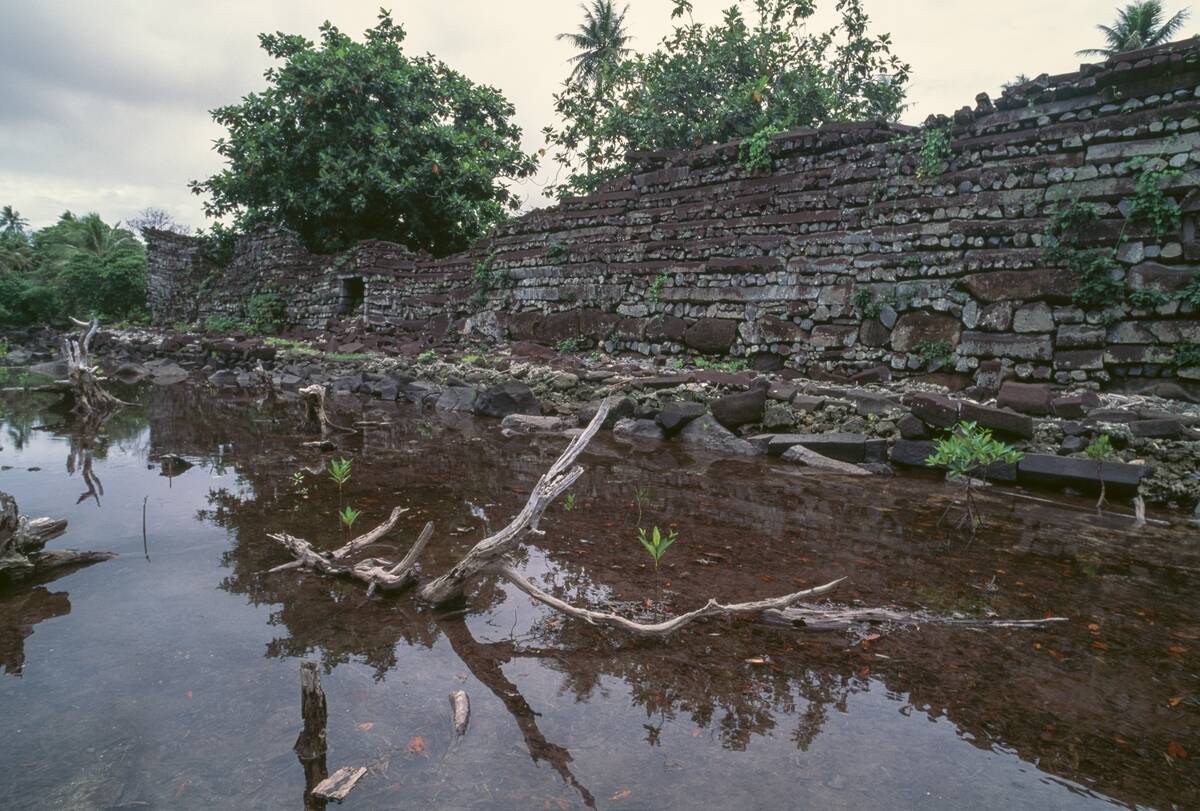
Nan Madol, often referred to as the “Venice of the Pacific,” is a series of artificial islets off Micronesia’s coast. Constructed with massive basalt stones, the site was the ceremonial and political center of the Saudeleur Dynasty.
Its origins and the methods used to transport such heavy stones remain unexplained. While not submerged, Nan Madol’s remote location and enigmatic history have led some to dub it a “Pacific Atlantis,” drawing explorers and researchers to its shores.
The Underwater City of Shi Cheng: China’s Atlantis Unveiled
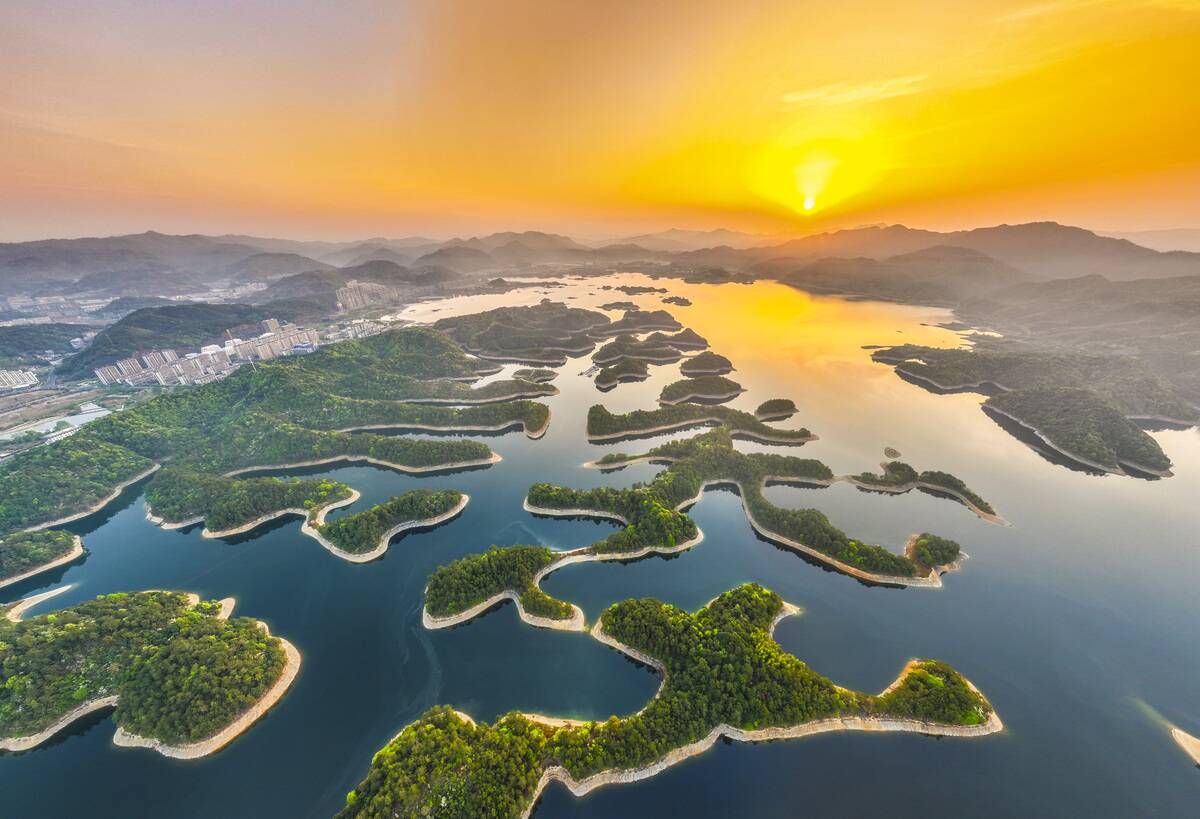
Shi Cheng, known as China’s Atlantis, was intentionally flooded in 1959 to create the Qiandao Lake. This ancient city, dating back 1,300 years, lies perfectly preserved under the waters. Divers have captured stunning images of its intricate architecture and carvings, offering a window into China’s past.
Shi Cheng’s preservation under the lake has made it a unique time capsule, inviting comparisons to Atlantis and attracting history enthusiasts and divers from around the world.



